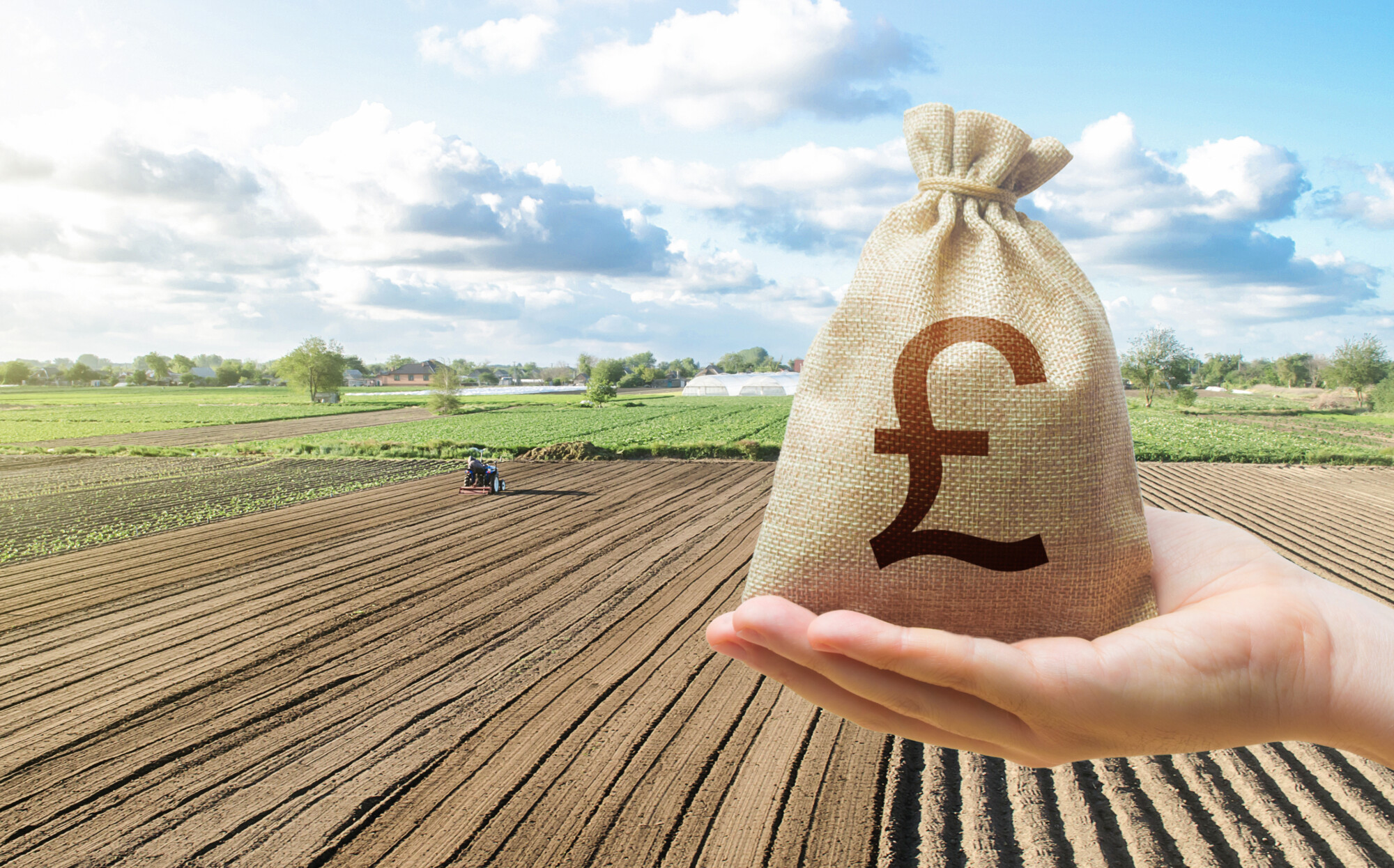Tax credits for your Limited business, supporting growth and innovation
7th June 2021
R&D tax consultancy Rocdaymer & Co Ltd spoke to Farmers Guide to offer an in-depth explanation of UK tax credits for the agriculture sector.
Rocdaymer & Co Ltd was created to help Limited companies in the agricultural sector benefit from tax relief, also known as tax credits, so they could invest in further growth and innovative solutions for their farm businesses.
Many of its clients are currently looking at diversifying their buildings and land to make way for the next generation of farmers and a sustainable way of living hand-in-hand with the land. The benefits of the research and development tax relief are to assist profit- and also non-profit-making companies, to either receive a cash credit back or a reduction in future corporation tax liabilities.
Rocdaymer & Co Ltd can assist by helping you to better understand this tax relief and the main criteria for claiming it back. Having been through several diversification projects both as a company and for its clients – which include wine growers, artisan cheesemakers, ice cream farms etc – Rocdaymer is happy to speak to farmers who are either considering a diversification project or wishing to claim back this valuable tax relief.
The company offers a free initial consultation to see if you qualify for this tax relief and the fee is only payable upon your successful claim and once you have received your tax credits award. As there is no charge unless you receive a benefit, it is risk-free for the client, Rocdaymer says. There are no fixed-term agreements and are no hidden extras; a copy of the terms of business will be supplied prior to any reports being produced and Rocdaymer charges its fee as a percentage of the benefit you receive, or a fixed fee of the awarded claim. For further clarification, see terms of business.
So what are research and development (R&D) tax credits?
The government’s R&D tax credit initiative was introduced back in 2001 to incentivise and reward businesses engaged in innovating new solutions, going above the baseline of their industry’s knowledge to become leaders in their sector or industry. Companies investing in the development of new products, processes or services – or even those looking at changing existing products, processes or services. The agricultural sector contains an abundance of activity qualifying for R&D tax relief, because of the can-do attitude of the people within the businesses and their hands-on approach to problem-solving methods. Farmers strive to enhance the efficiencies of their land and facilities whilst financial margins are becoming smaller.
R&D tax credits are a government incentive designed to reward UK companies for investing in innovation. They are a valuable source of cash for businesses to invest in accelerating their R&D, hiring new staff and ultimately growing.
- The government has pledged £22 billion a year in public investment by February 2025
- 17 per cent more claims were submitted in 2017-18 compared to 2016-17
- 15,750 companies claimed for the first time in 2017-18
- In 2018-19, R&D tax claims were made against £35.3 billion in expenditure.
R&D tax credits criteria
Assuming certain key criteria are met – specifically that the research and development activity is attempting to ‘resolve scientific or technological uncertainties’ – qualifying activity can be claimed for. Regardless of company size or sector, the opportunity to claim will be available, with schemes existing for SMEs and larger organisations.
To claim as an SME, businesses should:
- Employ less than 500 employees
- Have annual turnover no greater than €100 million or a balance sheet total of under £86 million
- Be a limited company in the UK
- Have been trading for more than one year.
Larger organisations, meanwhile, will be able to claim under the Research and Development Expenditure Credit (RDEC) scheme. By meeting the necessary criteria, it is possible for companies to claim R&D tax relief of up to 230 per cent of qualifying costs. Such expenses include applicable staff salaries, some sub-contracting costs, materials and consumables.
Visit the website for more information HERE.

